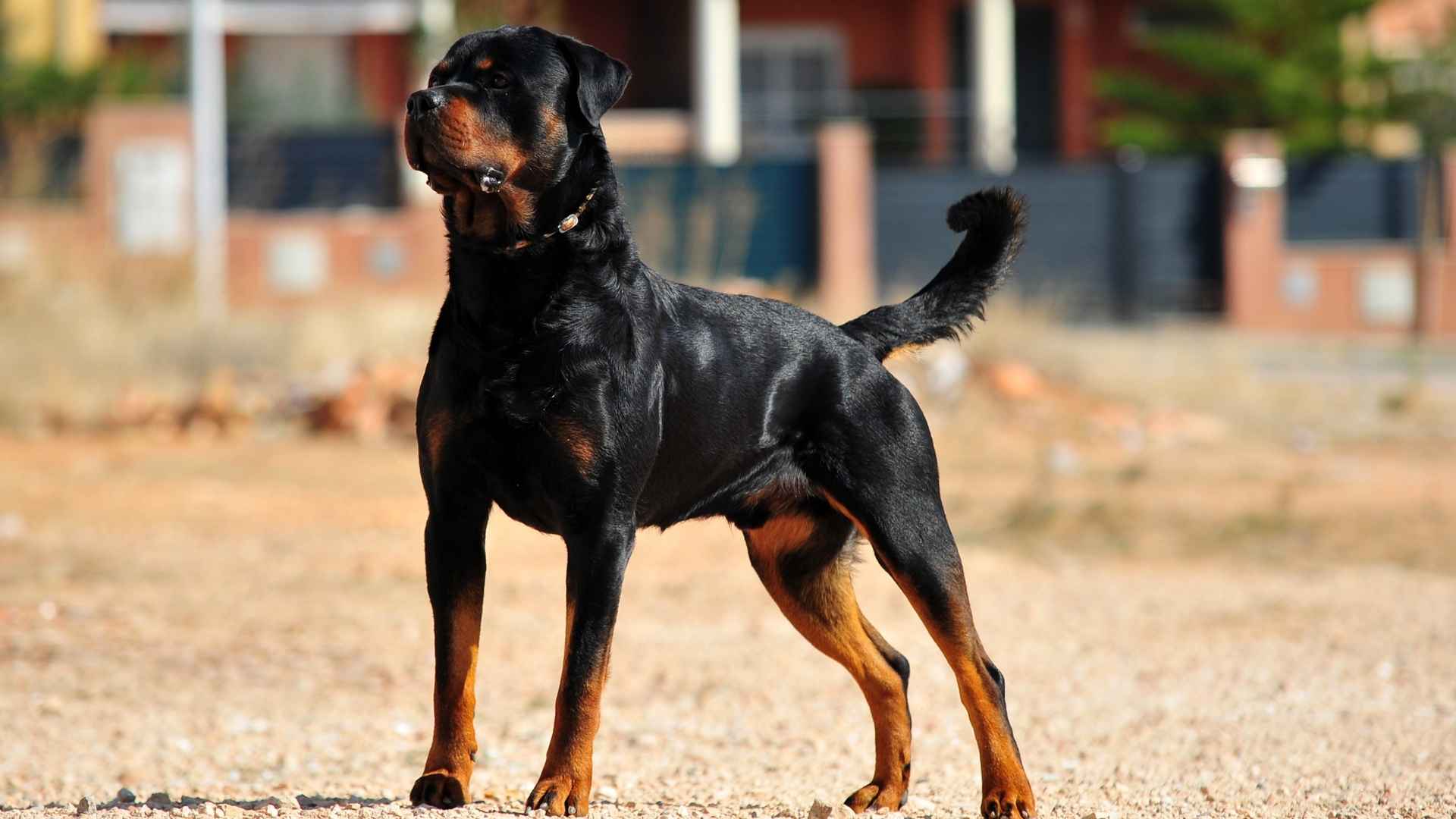If there’s one color combo that turns heads at the dog park, it’s black and tan! These pups rock their two-tone coats like runway models, with rich black coats perfectly paired with warm tan markings. It’s no wonder black and tan dog breeds are favorites in the show ring—and in our hearts.
We are head over paws for these beauties, so we’ve rounded up our top 7 black and tan dog breeds that are sure to steal your heart. With their bold looks and lovable personalities, these dogs bring both style and substance.
So, whether you’re looking to adopt or just love browsing gorgeous pups, you’re in for a treat. Let’s meet the black and brown charmers who are dressed to impress!
Black and Tan Dog Breeds
1. Rottweiler
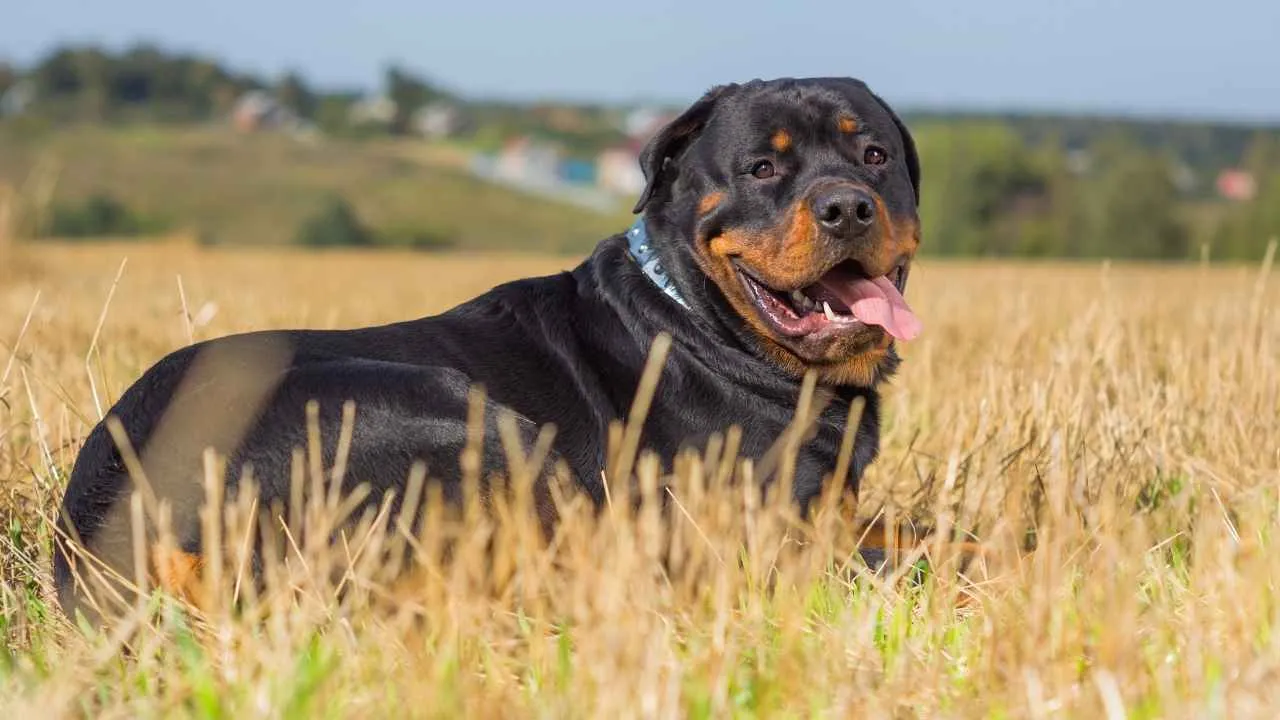
Meet the Rottweiler—a powerful dog with a heart of gold. This breed dates back to ancient Rome, where they helped drive cattle for the legions. When the Romans settled in what is now Rottweil, Germany, these hardworking dogs earned the nickname “Butcher’s Dog” for guarding market goods and carrying earnings in pouches. Truly a loyal four-legged protector.
As cattle drives ended, the Rottweiler’s role faded, and the breed nearly vanished. But in the early 1900s, they made a comeback, serving in police forces, the military, and even therapy work. Beneath their tough exterior lies a highly intelligent and gentle companion eager to protect and assist.
Rottweiler’s most apparent physical characteristics are its muscular build and striking black-and-tan coat. Due to their imposing size, they may look intimidating, but are loving with their families. Naturally cautious of strangers, they make excellent guardians but also enjoy downtime with their favorite people. They require firm training and early socialization to reach their full potential.
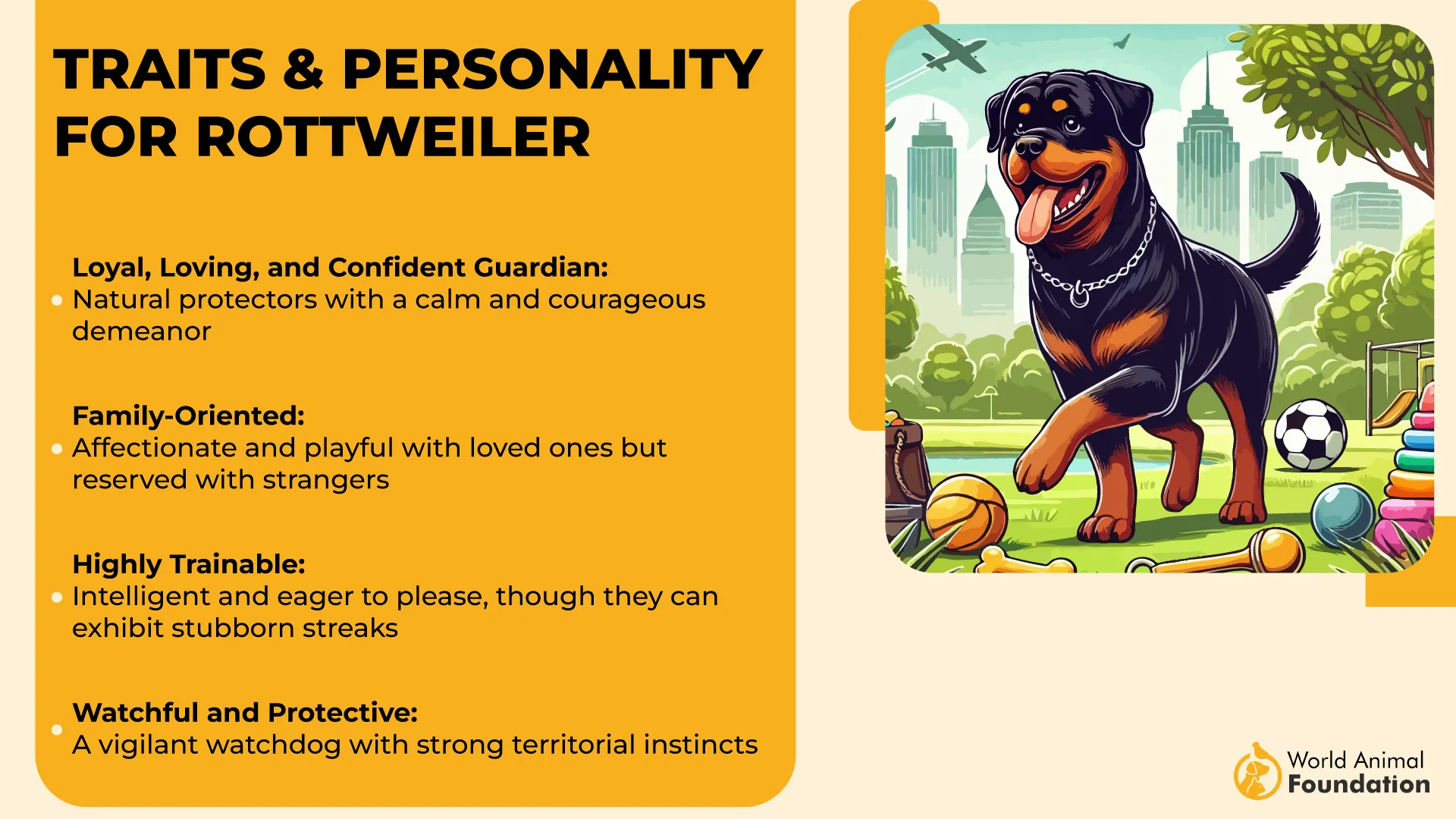
Despite a reputation for aggression, well-raised Rottweilers are calm and affectionate. Any aggressive behavior usually results from poor training or mishandling, not the breed itself. They thrive with confident, experienced owners who provide structure and leadership.
Rottweilers aren’t ideal for homes with dominant pets and may be reserved around unfamiliar dogs. But with love, guidance, and a purpose, they become loyal, devoted, and excellent companions.
Did you know?
From therapy work and guide dog duties to search-and-rescue missions and competitive obedience, Rottweilers are more than just muscle—their brains, hearts, and loyalty all rolled into one big, beautiful package.
2. Doberman Pinscher
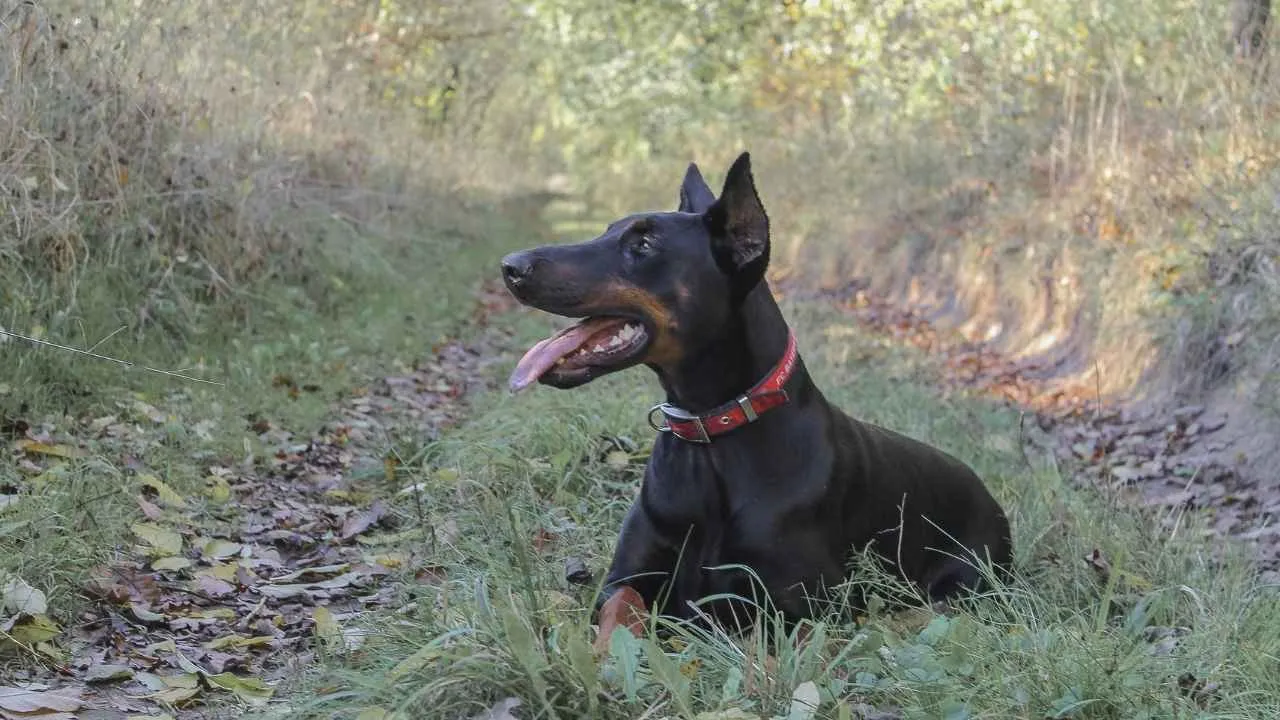
The Doberman Pinscher is a blend of brains, beauty, and boldness. Developed in the late 1800s in Germany by Louis Dobermann, this sleek and muscular dog was designed to be a loyal protector. With its elegant build, smooth coat in colors like black, red, blue, or fawn, and signature rust markings, the Doberman remains striking and powerful.
Energetic and intelligent, Dobermans thrive on physical and mental challenges. Whether running, training in agility, or performing police and rescue work, they excel when kept busy. Without enough stimulation, they may create their own mischief, like turning your shoes into toys.
Despite their tough reputation, Dobermans are affectionate and devoted to their families. While cautious around strangers, early training and socialization help them become well-mannered companions. Their alertness makes them excellent watchdogs, but it’s their loyalty that truly stands out.
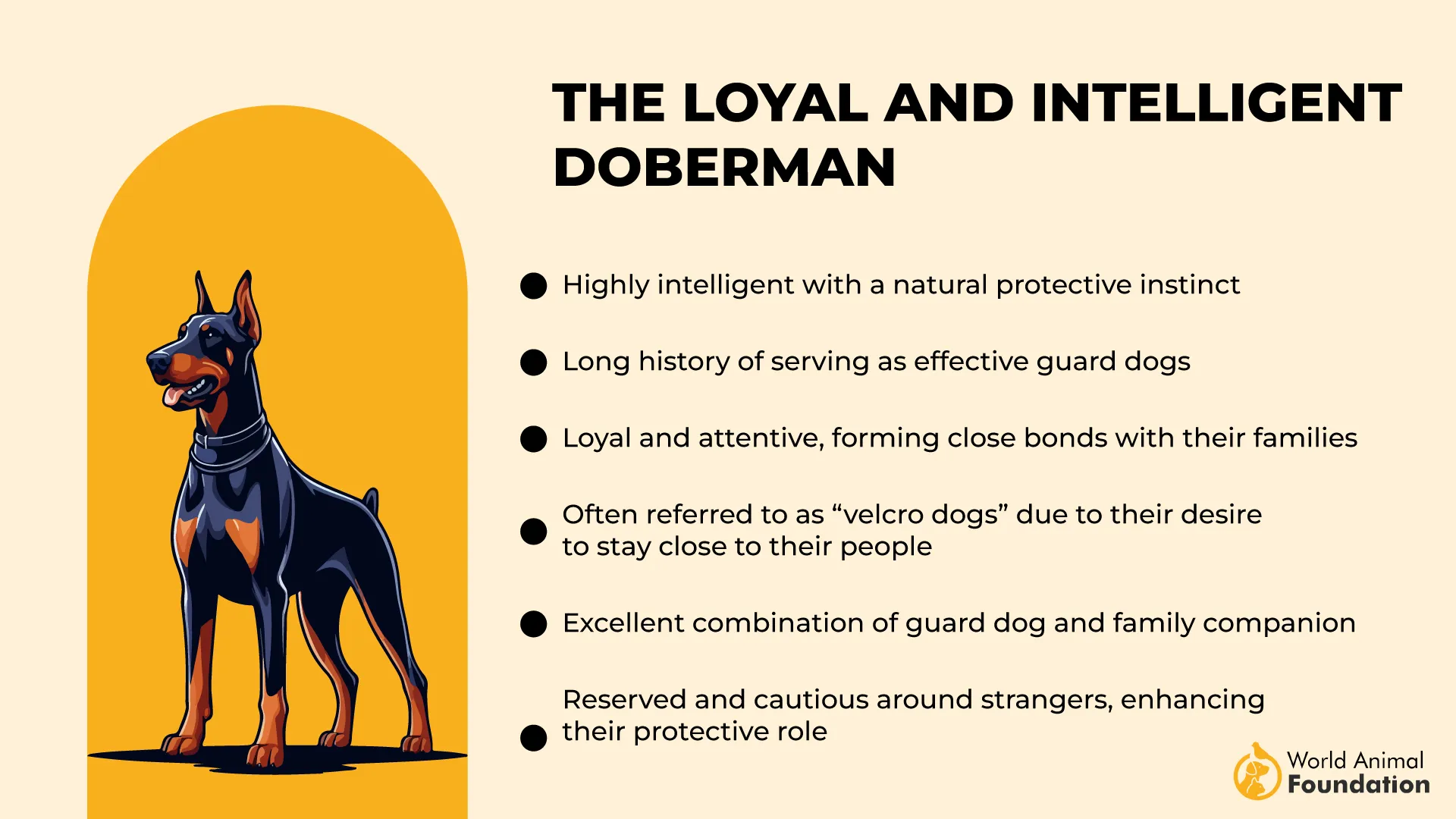
Dobermans need plenty of exercise and space to balance their high energy levels. Long walks, hikes, or yard play are essential. Their strong prey drive means they may not be ideal around small animals, other pets, and kids, so secure fencing and leashes are important.
Regular grooming and weekly brushing keep their coat healthy. While tail docking and ear cropping have become less common and are regulated in many areas, natural ears and tails are equally striking.
Health-wise, Dobermans are generally robust but prone to conditions like dilated cardiomyopathy, Wobbler syndrome, von Willebrand disease, and hip dysplasia. Early heart screenings and proper nutrition tailored for large breeds are key to keeping them healthy.
Fun Fact:
As noted by Britannica, during World War II, a brave pup named Kurt became the first canine casualty in the Battle of Guam. He’s honored with a statue at the National War Dog Cemetery, reminding us just how courageous and selfless these dogs can be.
3. German Shepherd
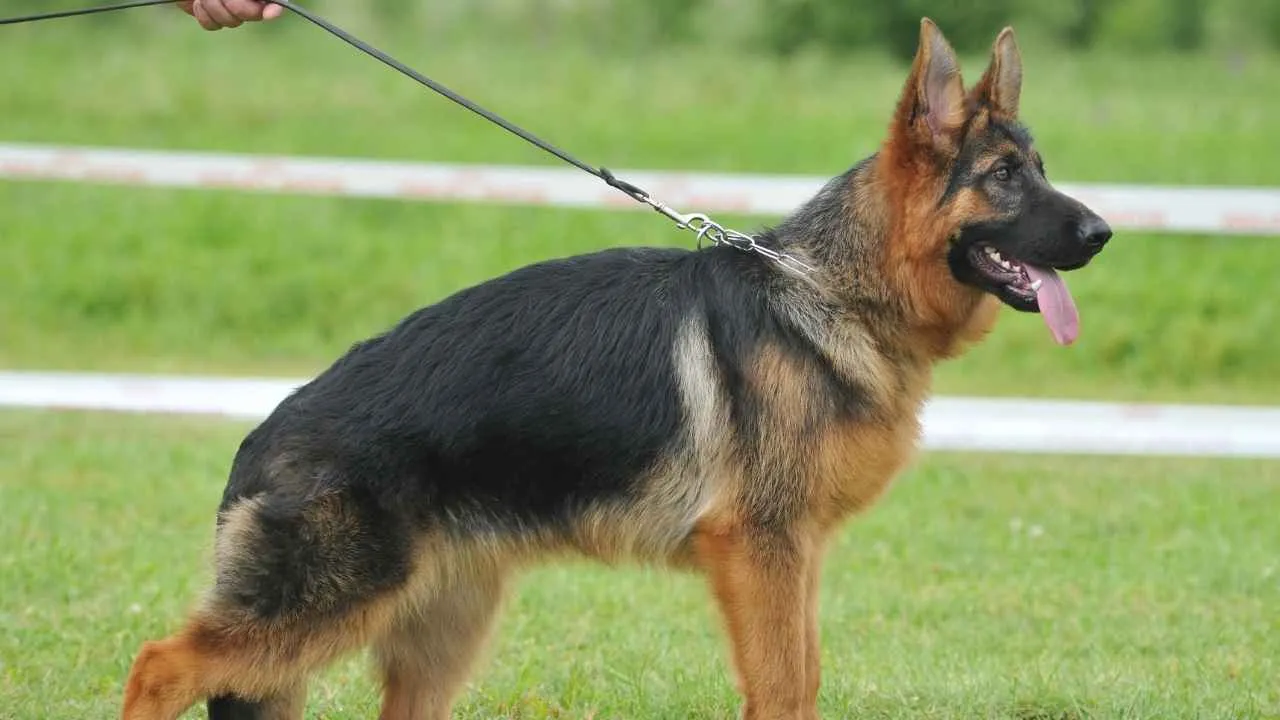
If you’ve ever met a German Shepherd, you know they seem always one step ahead—intelligent, loyal, and full of heart. Originally bred in Germany as herding dogs, their versatility quickly became apparent, and they’re now suited for countless roles beyond the pasture.
Their smooth, effortless gait reflects their herding roots, moving with grace and purpose. Those signature head tilts aren’t just cute—they show how attentively they observe and process the world around them.
German Shepherds excel in many roles: police work, search and rescue, and detection tasks. Despite their bravery and drive, they’re also affectionate companions who love cuddling with their favorite humans.
Their dense double coat protects them year-round but sheds heavily. Regular brushing keeps loose fur manageable—just avoid trimming, as the coat’s designed for function, not fashion.
During World War I, German Shepherds proved their courage alongside soldiers, gaining admiration worldwide. Though temporarily renamed “Alsatians” in some countries due to wartime sentiments, their legacy as loyal and capable dogs remains strong.
Did you know?
The first-ever Seeing Eye dog in the U.S. was a German Shepherd named Buddy. This trailblazing pup helped pave the way for service dogs everywhere, proving once again that GSDs are more than just a pretty face—they’re real-life superheroes.
4. Dachshund
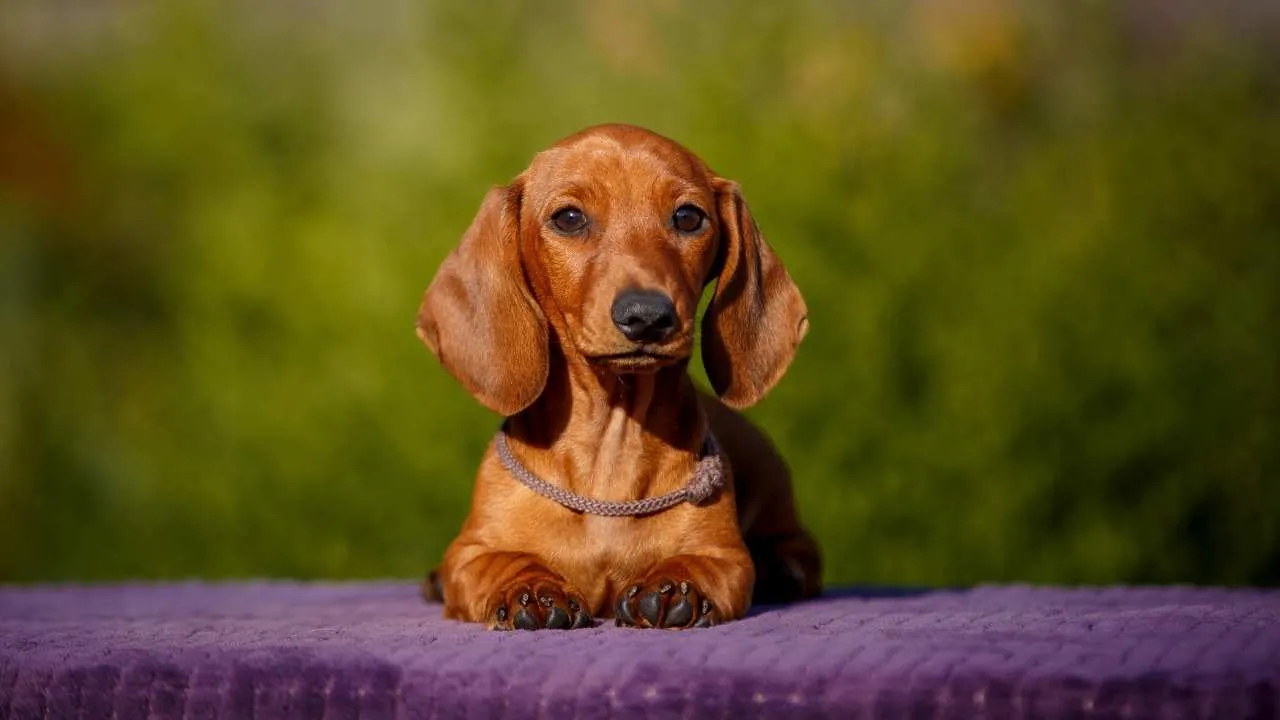
Dachshunds may be small, but their long bodies carry a huge personality. Bred in Germany to flush out badgers from their dens, these fearless and determined dogs have earned their name—“Dachshund” means “badger dog”—since the 18th century.
With their sausage-shaped bodies, expressive eyes, and floppy ears, they’re affectionately called “wiener dogs” or “Doxies.” Available in smooth, long, or wirehaired coats and various colors, they come in standard and miniature sizes, the latter weighing under 11 pounds but still full of spunk.
Despite their short legs, Dachshunds are brave and curious, sometimes mischievous but always endearing. Their independent streak matches their spirited nature, making it hard to stay mad at their playful antics and wagging tails.
These dogs enjoy regular walks and exploring, which helps maintain their back health, important given their unique build. However, jumping off furniture is risky and should be discouraged.
As noted by AKC, Dachshunds even have their own fun racing events like the Wienerschnitzel Weiner Nationals—less about speed, more about fun and charm. Though their popularity dipped during World War I due to their German origins, they’ve since made a strong comeback, winning hearts as beloved American companions.
Fun fact:
A colorful Doxie named “Waldi” became the first-ever Olympic mascot during the 1972 Munich Games. The marathon route was even designed in the shape of a Dachshund—talk about iconic!
5. Beauceron
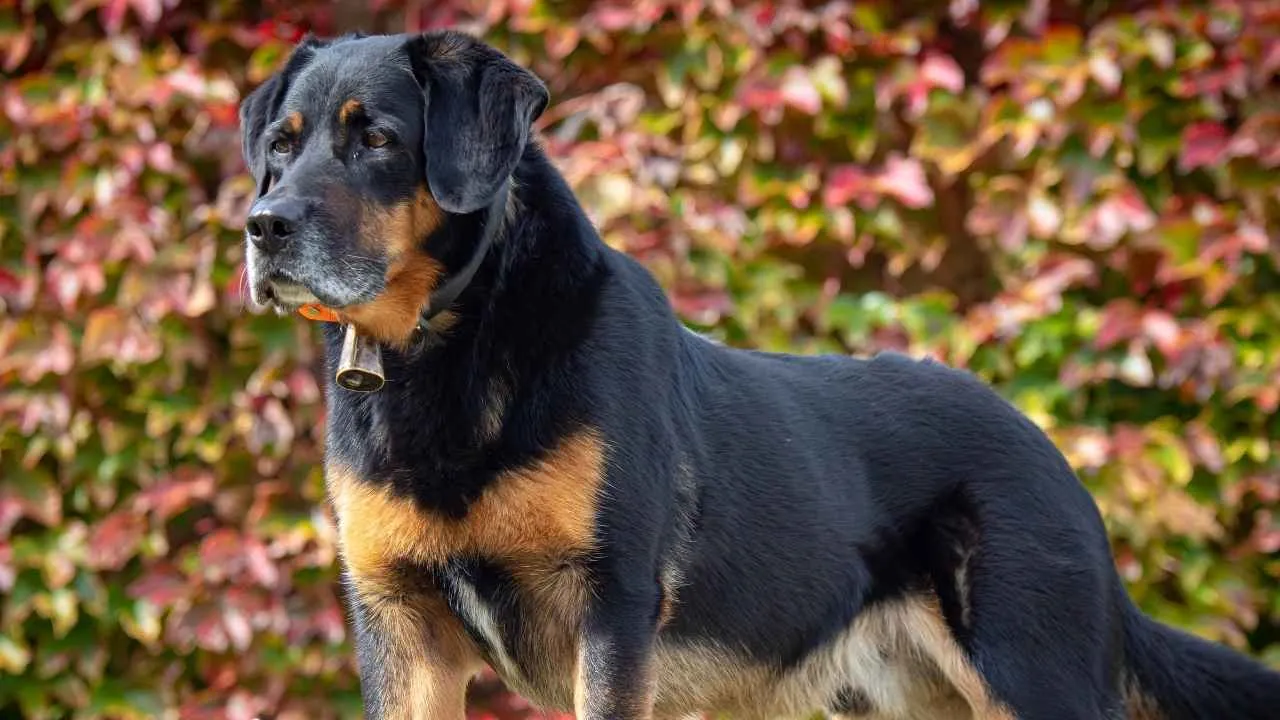
If you haven’t met a Beauceron yet, get ready for a smart, strong, and loyal companion. This French breed, one of the oldest working dogs dating back to the 1500s, is the largest of the French sheepdogs.
Often mistaken for a Rottweiler-German Shepherd mix, they stand out with their distinctive rust-colored “red stockings” and unique double dewclaws, a distinct physical characteristic linking them to the Briard. This has earned them the charming nickname “Bas-Rouge,” which means “red stockings.”
Historically, Beaucerons kept sheep and cattle in line on French farms and served heroically in both world wars as messengers, trackers, and mine detectors. Today, they continue as police dogs and search-and-rescue experts.
Despite their serious job, they’re deeply devoted to their “flock,” whether livestock or family, including kids and pets.
Their protective nature and dignified demeanor make intruders think twice. They warm up slowly to strangers, showing loyalty and gentle humor within their trusted circle.
Beaucerons are clever and independent, often testing boundaries to understand leadership. Early, consistent training with positive reinforcement is essential to keep them focused and cooperative. Without it, they may try to take charge—a challenge given their size and smarts.
Did you know?
Though mature-looking, Beaucerons retain puppy-like playfulness until around three years old. Their mix of guardian instincts and goofy energy makes them unique—part protector, part clown, and fully devoted friend.
6. Australian Kelpie
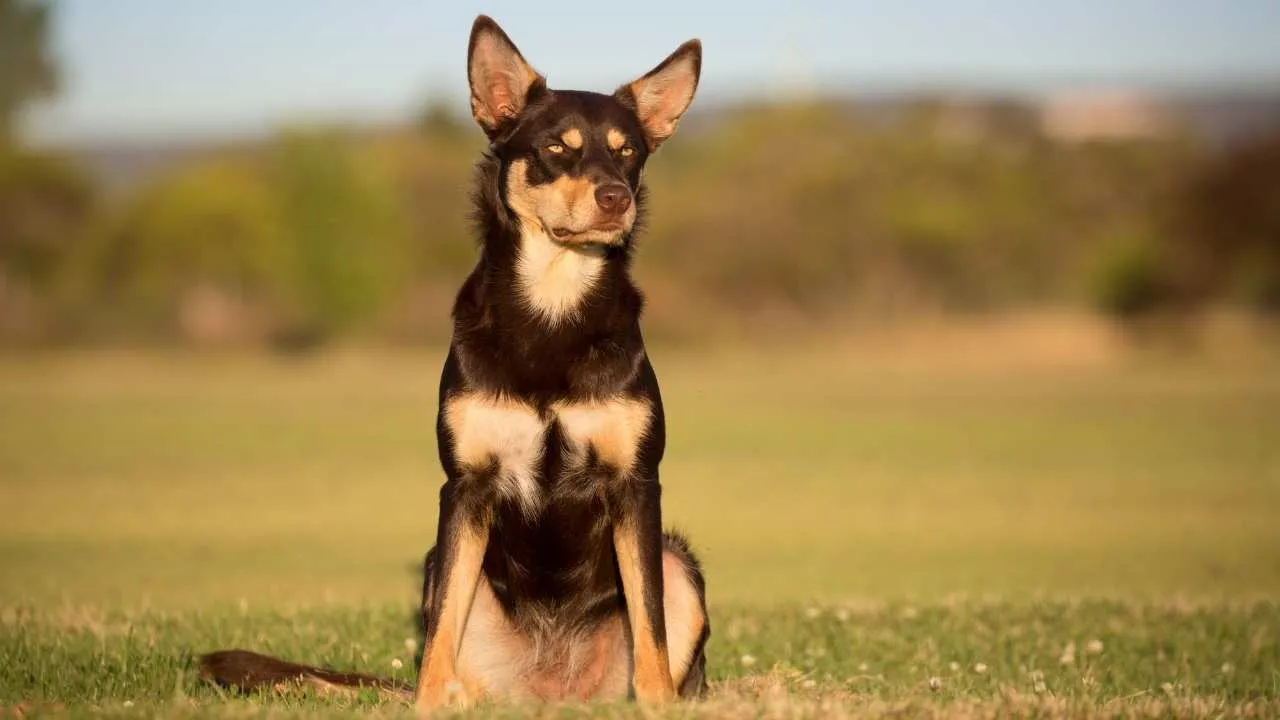
If there were a dog-powered energy plant, the Working Kelpie would be the generator. This Australian breed is endlessly alert, sharp, and driven by a strong herding instinct. Kelpies thrive with a job—whether managing sheep on vast ranches or keeping an active family in line.
Their dedication to work is matched by loyalty, making them exceptional both as farmhands and companions.
As noted by PetMD, Kelpies sport fox-like faces, almond eyes, and pricked ears that reflect their keen curiosity. Their short, dense coat is weather-resistant and comes in colors like black, red, chocolate, smoke blue, and classic black-and-tan.
Though bred for work, Kelpies adapt well to home life if mentally and physically challenged daily. Agility, herding trials, or simple fetch sessions keep them happy. Without stimulation, they may create their own mischief, from herding cars to rearranging your garden.
Temperament-wise, Kelpies blend intense focus with gentle affection. They’re usually good with children and other pets, but can be cautious with strangers. They don’t need constant attention, but do require regular quality time. Purpose, partnership, and play keep a Kelpie fulfilled.
7. Lancashire Heeler
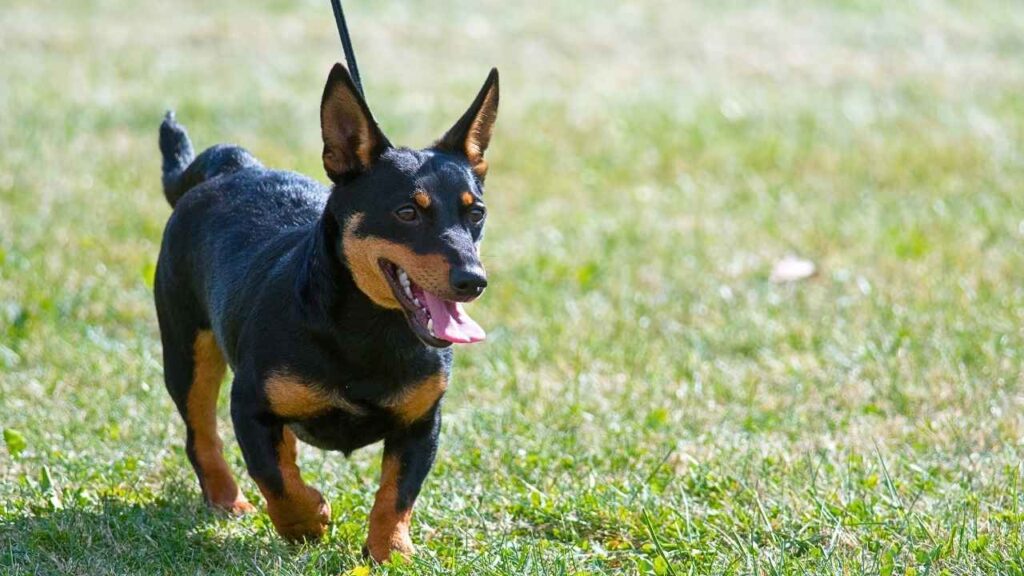
Though small in size, the Lancashire Heeler carries the heart of a true working dog. Originating in England, this pint-sized herder sports a short, weather-resistant coat, most often black and tan markings or liver and tan. Their signature “Heeler Smile” sets them apart, a charming grin they flash when content.
Compact yet sturdy, Heelers have slightly elongated bodies, straight, well-boned legs, and tails that curl gently over their backs. Their alert triangular ears and almond-shaped eyes give them a clever, foxlike look.
While black and tan is the classic color, some Heelers may show brindle, sable, or tricolor shades, though these aren’t officially recognized in shows.
With a lively personality, Lancashire Heelers balance affectionate companionship with a confident work drive. They thrive when given tasks—on farms or as backyard watchdogs—and bond deeply with their families. Because of their small size, it’s important to teach children gentle handling to prevent rough play.
Heelers are intelligent and active dogs. They pick up training quickly and enjoy staying active through herding, games, or daily walks. They’re vocal, using their bark to alert owners to visitors. While initially cautious around strangers, their cheerful nature soon shines. With proper exercise and attention, the Lancashire Heeler is a spirited and loyal addition to any home.
Conclusion
Black and brown dog breeds, from the athletic Black and Tan Coonhound and Miniature Pinscher to the sturdy Berger de Beauce and Airedale Terrier, offer a unique blend of striking tan accents on typically black coats. These breeds—whether coonhounds known for their exceptional nose and hunting skills or terriers with spirited energy—make wonderful pets for active families.
With proper dog food and care to manage loose hair, many of these dogs are surprisingly low maintenance. Whether you prefer solid red coats or the classic black and tan pattern, these breeds thrive on the ground and in the field, enjoying happy lives filled with purpose and companionship.


